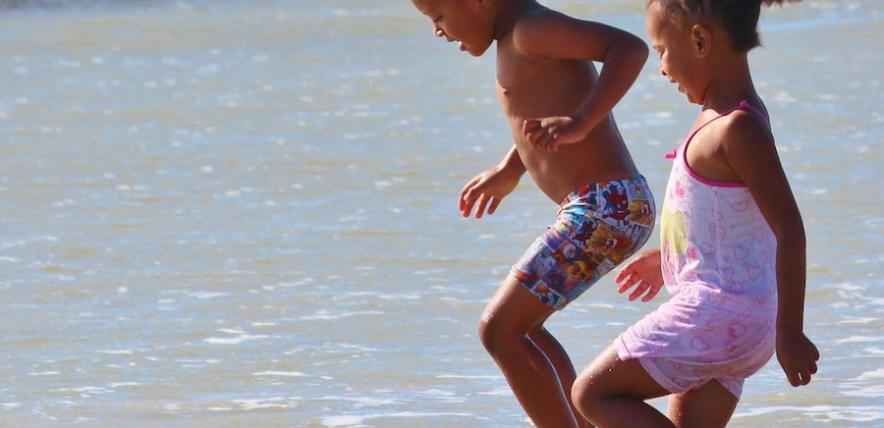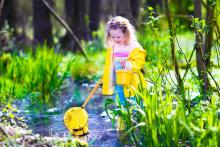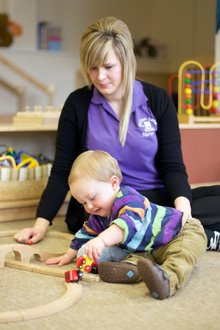My pre-schooler doesn’t seem to be very interested in physical activity. How much exercise should they be getting?
Physical activity is an essential part of your child’s development. But it’s not just restricted to running around and expending lots of energy. As your child grows they will need different levels of activity to keep them fit and healthy.
Getting your child to enjoy movement and exercise early in life is a sure way of encouraging a healthy lifestyle and a love of play and sports later, as they grow up and move into adulthood.
Start them young
You may look at your baby lying in their cot, and wonder how you can get them to be active, but even infants can be encouraged to move.
Try getting them to gently pull and push their toys, grasp your fingers and to move their head and limbs.
Government guidelines suggest that the use of baby walkers and baby bouncers should be limited. While they may be fun for your baby, they can inhibit movement, rather than encourage it.
Babies are often at their most content on a play mat on the floor, where they can roll around and use their arms and legs to try and prop themselves up, sit unaided and then to crawl and stand.
Toddler time
Experts recommend that toddlers who can already walk should be active for at least three hours a day, whether indoors or outside.
This could mean just moving around, rolling or playing with toys as well as something more lively such as hopping, jumping, skipping or running.
At this age, children are starting to get adventurous and to be aware of their physical selves, so a walk to the park to use the climbing frame, or teaching them to ride a bike or to throw or catch a ball, are great ways of getting them exercising, while at the same time developing their motor skills.
Getting the Under 5s outdoors
Children under the age of five years should be as active as possible, experts say. Try to engage them in games outdoors rather than watching TV. This, and travelling strapped into car seats or a buggy, are not considered good for a child’s health and development.
Experts believe this could increase the risk of poor health, so you should consider stopping for breaks on long journeys to enable your child can stretch their legs and walk around.
Ideas for keeping little children active
One of the best ways of keeping children fit and healthy is to take them swimming. This is a great exercise for all age groups and a great way of bonding with your child, as well as teaching them the joys of playing in water and important safety skills.
Similarly, dance is a great way of keeping fit, and many dance school hold classes for parents and toddlers, with more formal dance teaching from around the age of three for both boys and girls. Experts believe dance can help enhance children’s sporting skills, including with games such as football, because of the focus on coordination and balance.
Lifelong benefits and skills
As your child grows, they will reap the benefits of an active, healthy lifestyle because of habits and interests you have instilled at an early age.
Increased movement and exercise leads to enhanced motor skills and cognitive development, a healthier body weight, and improved bone and muscular development.
It will also support the development of social skills, as your child learns teamwork in playing with others, how to share for example balls, bats and other toys, and how to lose and win graciously.
Written by Dorothy Lepowska-Hudson for the Early Years Alliance.
Further reading:
NHS Guidelines — Physical activity guidelines for children
Baby Centre — What's the difference between fine motor and gross motor skills?
Where next?
Keeping your child active during winter
Six ways to develop your child's growth mindset







